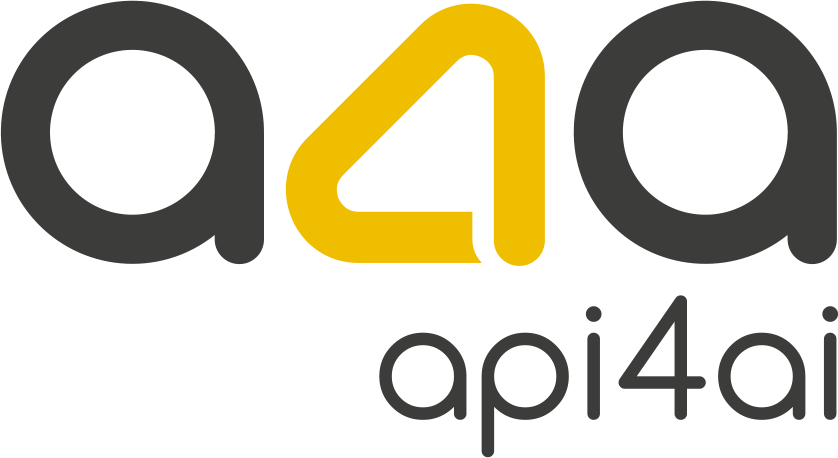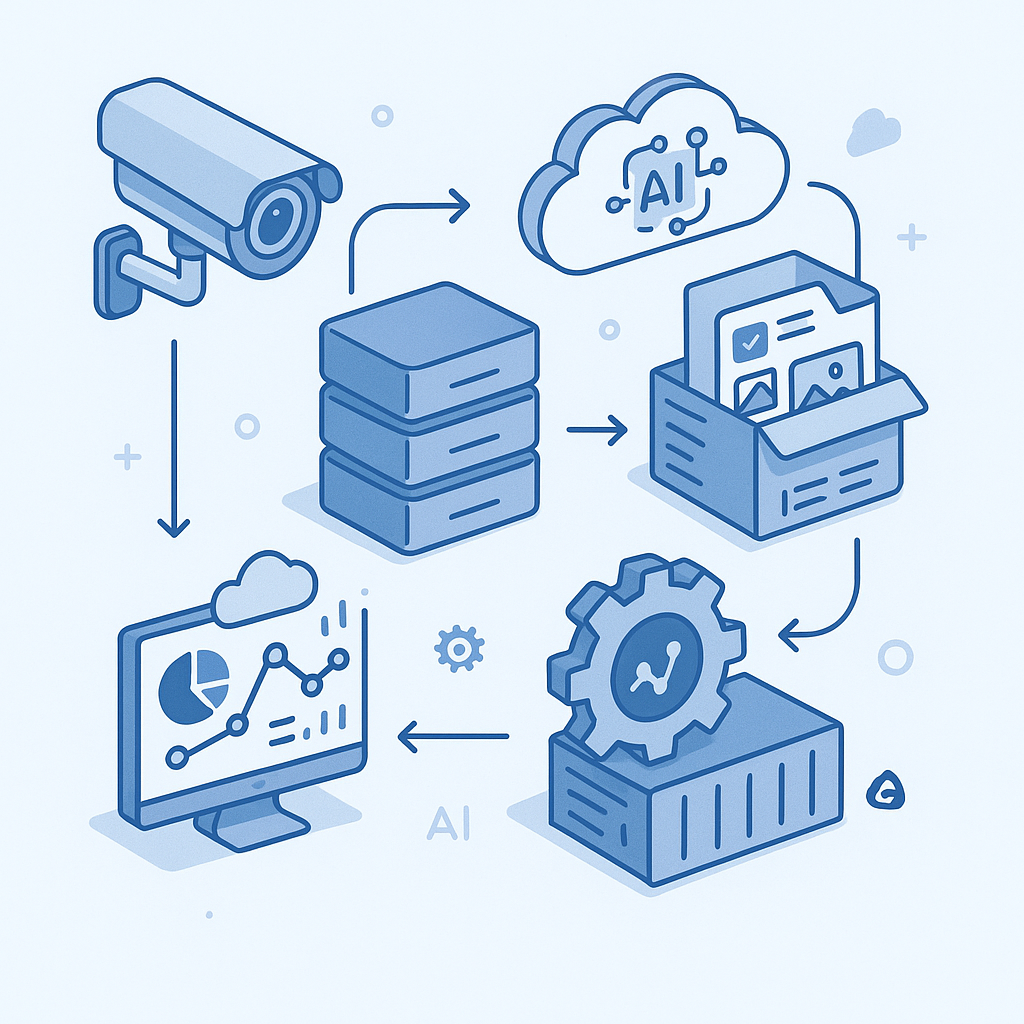
MLOps for Computer Vision: Automating the Model Lifecycle
As computer vision moves from experimental to essential, enterprises face a critical challenge: how to scale and maintain AI models in dynamic, real-world environments. Manual workflows can’t keep up. MLOps — the automation of the machine learning lifecycle — is becoming the key to unlocking long-term value from visual AI. In this post, we explore how modern MLOps frameworks help organizations accelerate deployment, reduce operational risk, and turn AI into a sustainable competitive advantage. From prebuilt APIs to self-healing pipelines, discover how to future-proof your vision strategy.
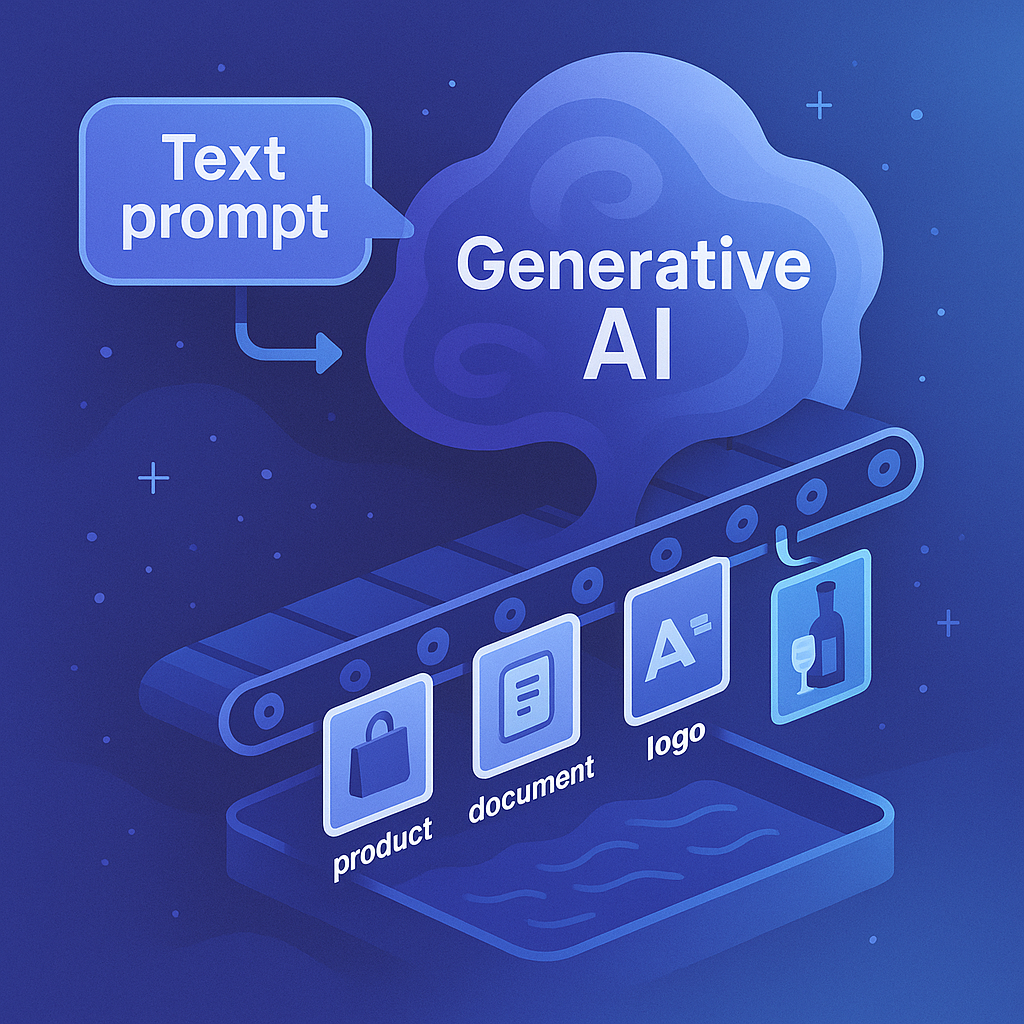
Generative AI Meets Vision: From Text Prompts to Training Data
Generative AI is rewriting the rules of computer vision. In minutes, text prompts now spin out millions of perfectly labeled images — fueling faster model training, slashing data budgets by 99 %, and sidestepping privacy roadblocks. This executive guide unpacks the market surge, the tech behind synthetic data, and the pragmatic playbooks that let leaders marry ready-made vision APIs with on-demand generation to turn pixels into profit.
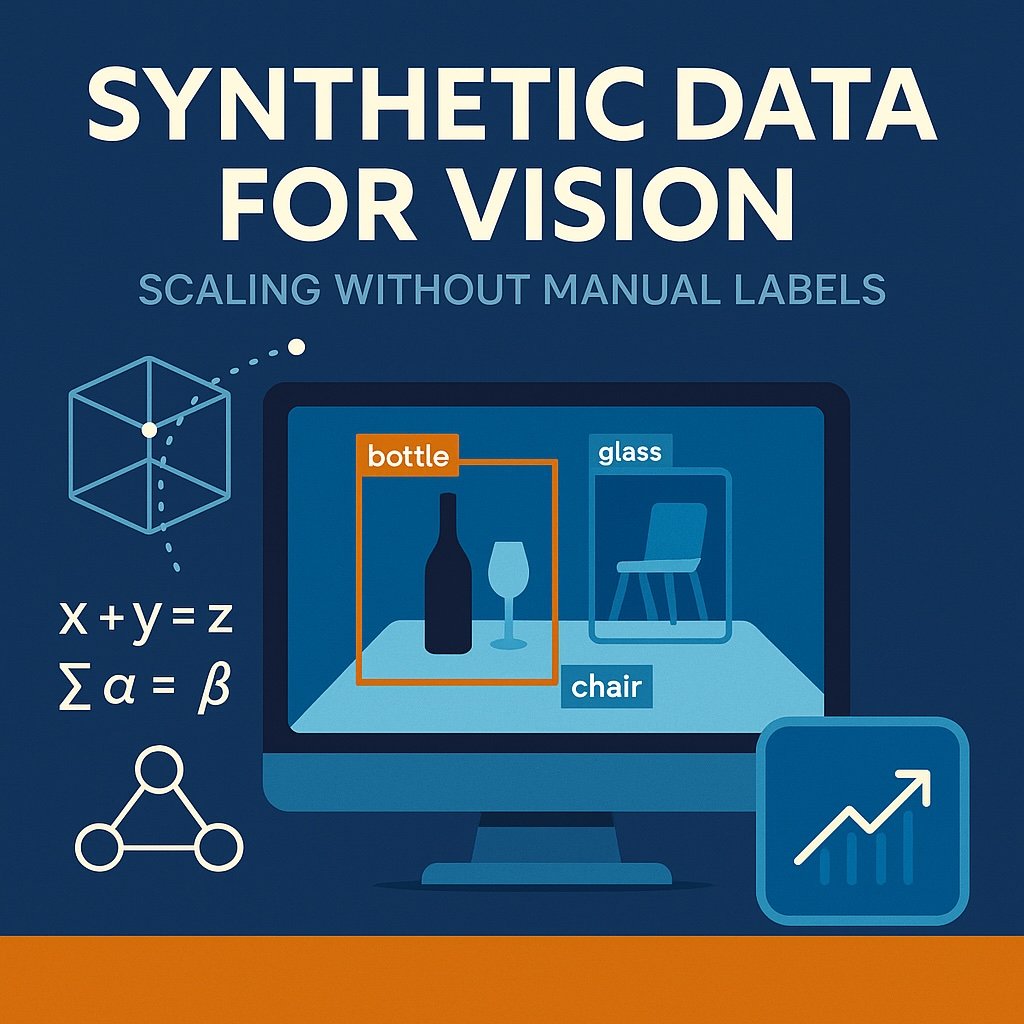
Synthetic Data for Vision: Scaling Without Manual Labels
Manual data labeling is one of the most expensive and time-consuming barriers to scaling computer vision — and it's no longer sustainable. Synthetic data offers a smarter alternative: algorithmically generated images with built-in annotations, enabling faster model development, lower costs, and full compliance with modern data privacy regulations. In this article, we explore how synthetic data is transforming industries like retail, manufacturing, and mobility, and why forward-thinking executives are adopting it as a core component of their AI strategy.
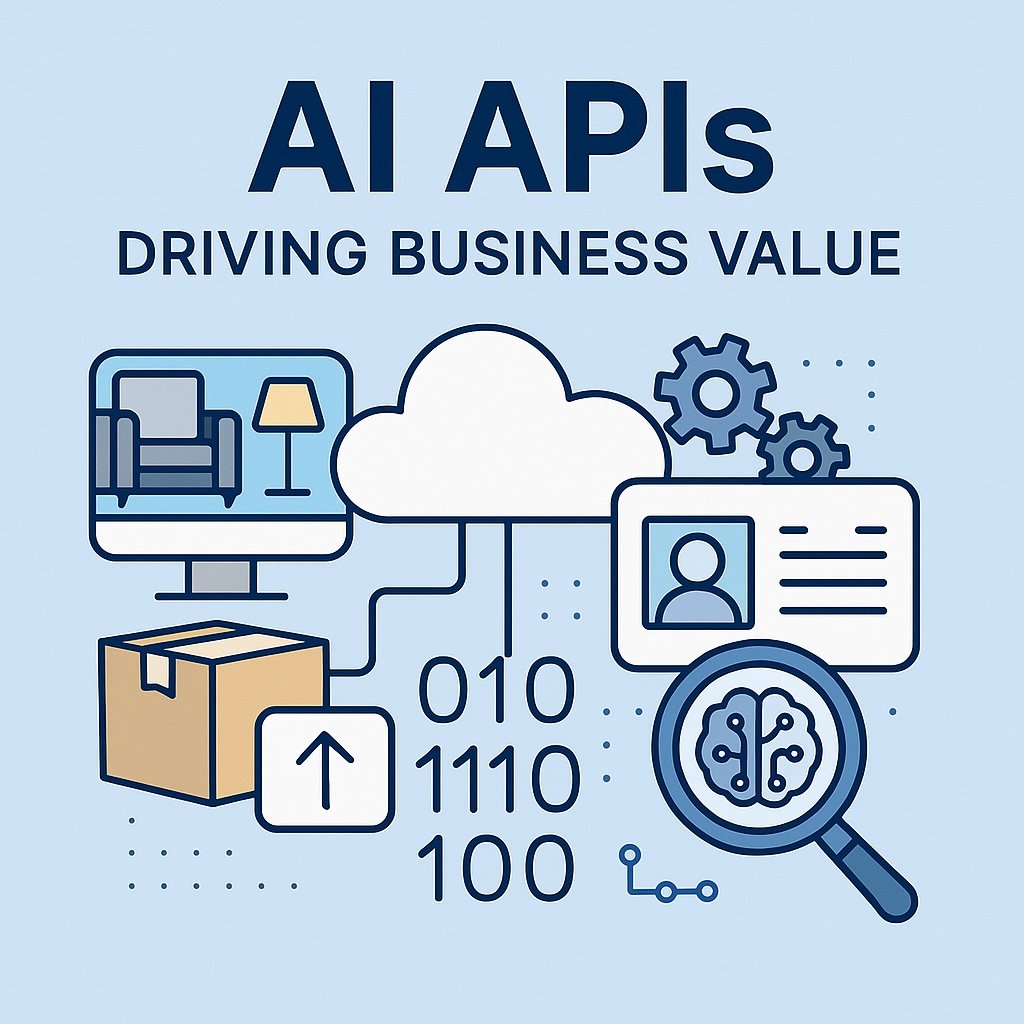
AI APIs: What They Are and Why They Matter to Business
AI APIs are changing the way businesses access and apply artificial intelligence — offering powerful features like image recognition, text extraction, and object detection through simple cloud-based interfaces. In this post, we explore what AI APIs are, how they work, and why they’re becoming essential for companies looking to innovate quickly, reduce costs, and scale smarter. Whether you’re in e-commerce, fintech, manufacturing, or media, discover how ready-to-use and custom AI solutions can unlock new value for your organization in 2025 and beyond.
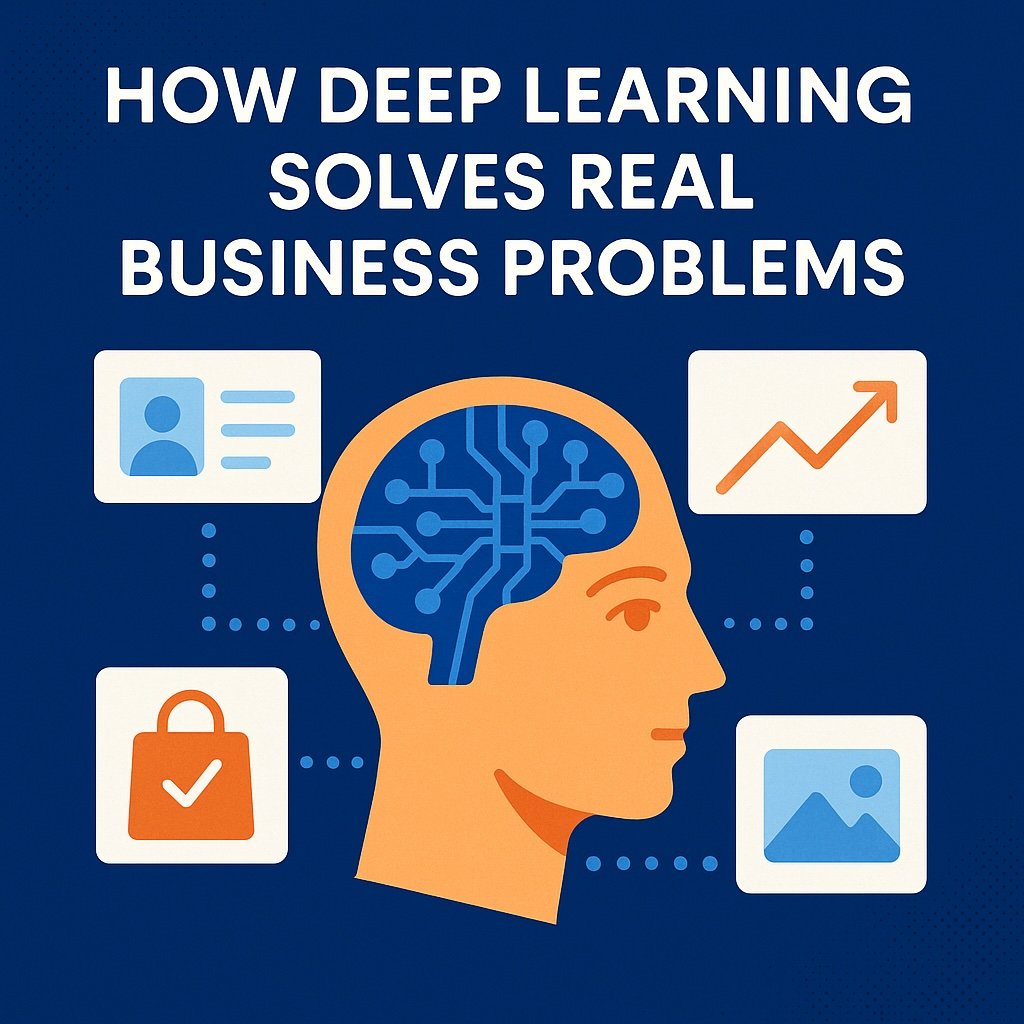
How Deep Learning Solves Real Business Problems
Deep learning is transforming the way businesses solve complex problems — from automating image analysis to extracting insights from unstructured visual data. In this post, we explore how companies across industries are using deep learning to boost efficiency, reduce costs, and unlock new value. Whether you're processing thousands of product photos, verifying documents, or detecting defects on a production line, discover how ready-to-use vision APIs and custom AI solutions can help turn your data into results.
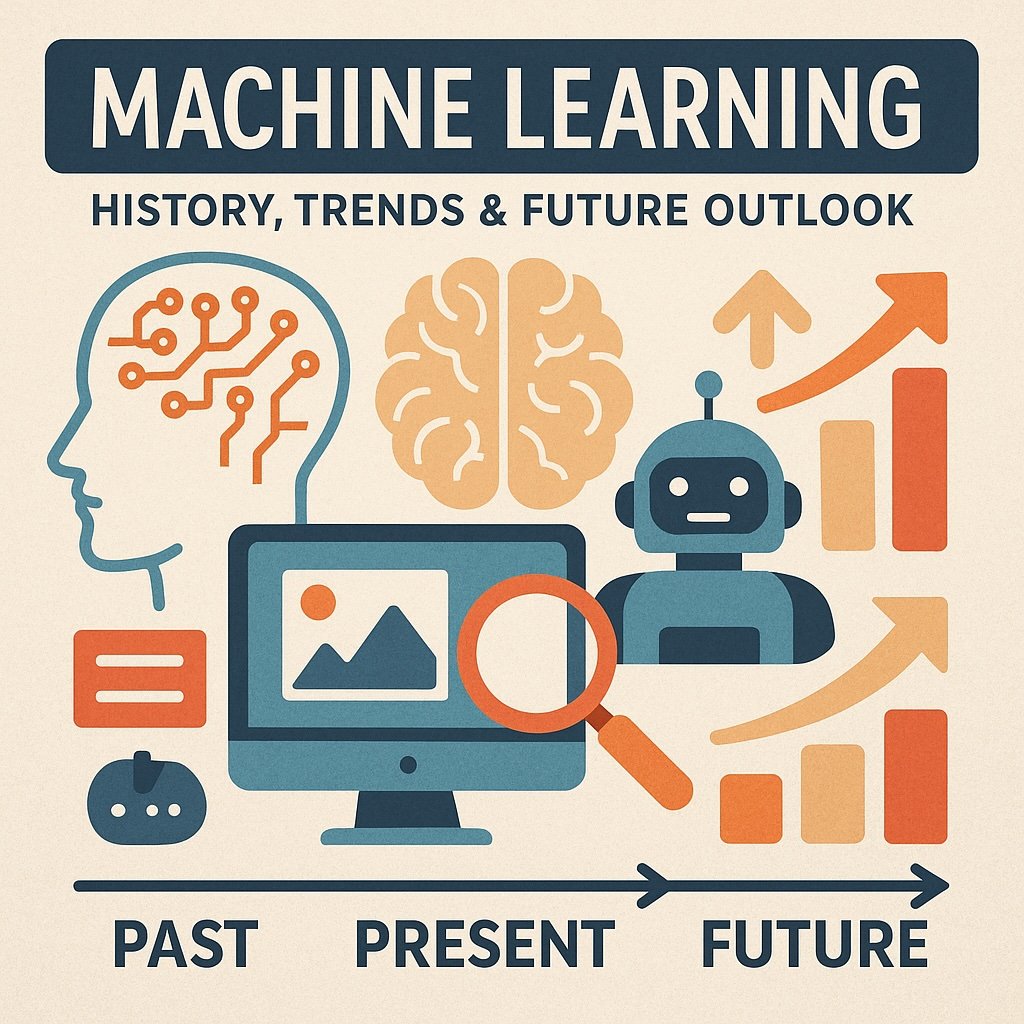
Machine Learning: History, Trends & Future Outlook
Machine learning has transformed from a niche academic field into a practical tool that powers everyday technologies — especially in image processing. From OCR and object detection to face recognition and visual content moderation, ML-driven vision APIs are helping businesses streamline operations, enhance user experiences, and meet regulatory demands. This blog post explores the history of machine learning, key trends shaping 2025, and how companies can strategically use pre-built APIs or invest in custom solutions to stay ahead. Whether you're just starting or scaling your AI capabilities, understanding this evolving landscape is key to making smarter decisions.
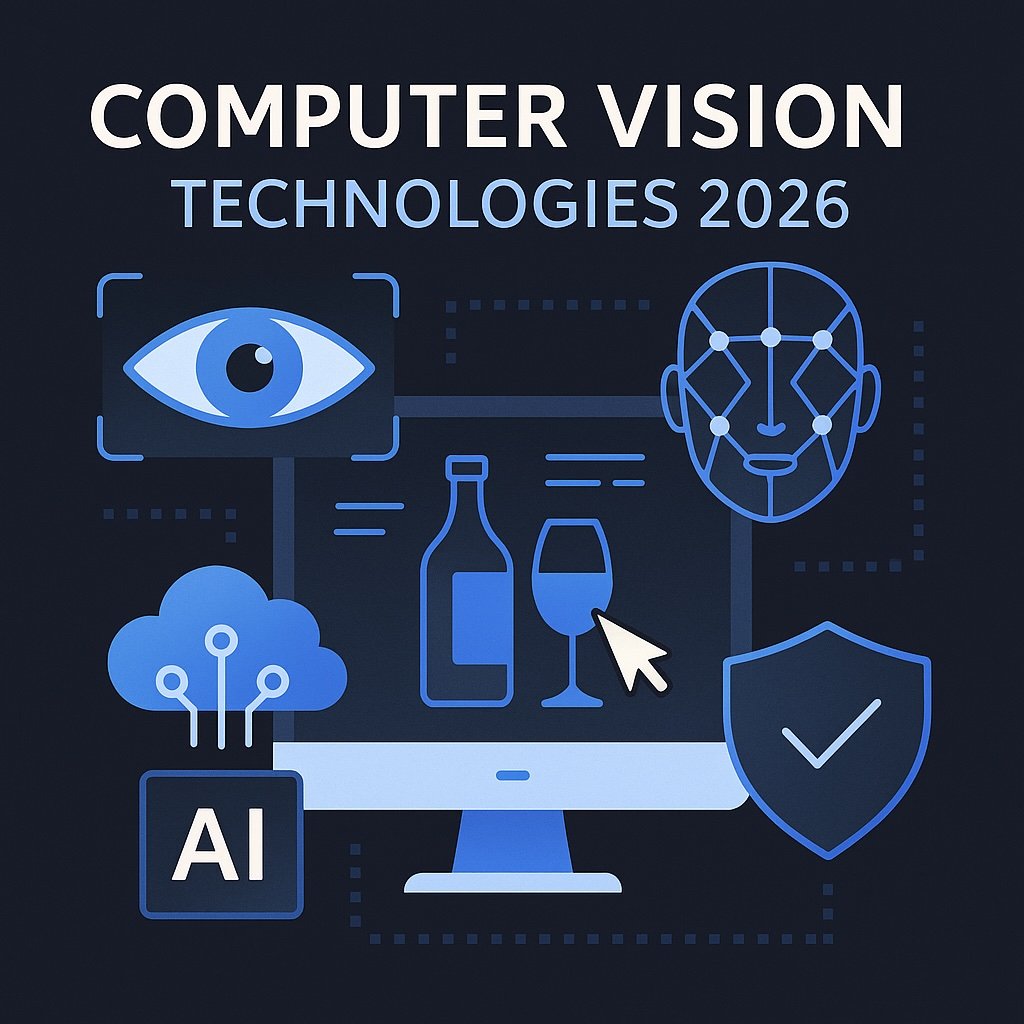
Computer Vision Technologies 2026: What to Expect
Computer vision is evolving faster than ever — reshaping how businesses interact with the visual world. From smarter retail displays and automated quality control to privacy-first AI and powerful image-to-text models, this year marks a turning point in how machines “see” and respond. In this post, we explore the top trends driving this shift, how industries are putting vision AI to work, and why combining ready-to-use APIs with custom development is the key to long-term success. Whether you're launching a new product or optimizing operations, understanding the future of computer vision starts here.

Data Lakes: Storing Raw Frames & Insights Side-by-Side
Storing raw images and their insights in one data platform is no longer a luxury — it’s a competitive edge. Lakehouse architectures now make it possible to ingest JPEGs and JSON outputs from computer vision APIs into the same environment, enabling seamless SQL queries across pixels and business KPIs. From retail analytics to compliance reporting, this blog explores how to structure, govern and optimize a lake-native image strategy — unlocking visual data’s full potential while controlling costs.

Pay-as-You-Go Vision: Slashing Prototype Timelines With SaaS APIs
Why spend months building a custom AI model when you can test your idea in days? This blog post explores how plug-and-play vision APIs — like OCR, background removal and image labeling — help teams ship working prototypes in a single sprint. Learn how to slash development timelines, gather real user feedback fast and decide when it’s time to scale up to a custom solution. Ship now, optimize later.

Talent vs Toolkit: Building an In-House Vision Team or Renting Expertise
Building a computer vision-powered product? You don’t need to choose between hiring expensive AI experts or doing it all in-house. In this guide, we explore the real tradeoffs between recruiting top CV talent, upskilling your existing developers and renting expertise through APIs and AutoML platforms. From salary benchmarks to hidden infrastructure costs, we break down the total cost of ownership (TCO) and help you map the best strategy based on your product’s stage and priorities.

OCR for Arabic & Cyrillic Scripts: Multilingual Tactics
As digital growth accelerates across the Middle East, North Africa and Eastern Europe, the need for robust OCR solutions that support Arabic and Cyrillic scripts has never been greater. Traditional OCR engines often struggle with right-to-left text, ligatures and glyph ambiguities, leading to frustrating errors and missed opportunities. In this article, we explore the cutting-edge techniques that empower developers to build inclusive, high-accuracy OCR applications — from smart pre-processing and ligature detection to advanced language-model post-processing. Discover how to unlock seamless text recognition for emerging markets and tap into vast new user bases with modern OCR technology.

When Off‑The‑Shelf Fails: Custom Vision Solutions
Off-the-shelf vision APIs have made image recognition more accessible than ever, offering quick deployment and basic object detection capabilities. But when it comes to high-stakes industries like manufacturing, healthcare, agriculture and smart cities, the limitations of generic models quickly become apparent. Edge cases, domain-specific anomalies and real-time processing demands often expose gaps that standard solutions can't fill.
Custom vision models bridge this divide by delivering precision-tailored image recognition, built specifically for your business needs. Whether it's identifying microscopic defects on an assembly line, monitoring crop health from drone footage or ensuring brand protection in retail, bespoke models provide unmatched accuracy, reduced latency and full control over data privacy.
In this article, we explore the full journey — from identifying the weaknesses of off-the-shelf APIs to planning, building, and deploying a custom vision solution. Learn how the right development partner, combined with clear project scoping and smart MLOps practices, can transform your operations, reduce costs and give you a competitive edge in a data-driven world.

Automated NSFW Detection: The 2025 Content-Safety Playbook
In 2025, content safety is no longer optional — it’s mission-critical. As short-form videos, livestreams and user-generated content explode across platforms, companies must build smarter, faster NSFW detection pipelines to stay compliant, protect users and earn trust. This playbook dives deep into the $9 billion content moderation market, explains the precision/recall trade-offs that every developer faces and shares actionable strategies to cut false positives without slowing uploads. Whether you're scaling with ready-to-go APIs or planning custom AI solutions, this guide gives you the roadmap to lead in the next generation of digital safety.

Receipt-OCR Mastery: Turning Paper Slips into Real-Time Retail Data
Paper receipts may seem like outdated clutter, but they’re packed with valuable information — if you know how to unlock it. In this deep-dive article, we explore how modern OCR and receipt-parsing technologies transform messy, real-world images into structured, machine-readable data. From extracting itemized SKUs and calculating taxes to feeding real-time analytics dashboards, today’s systems do far more than just read text.
You'll learn how receipt parsing APIs handle mobile photo noise, benchmark their accuracy using industry datasets, and integrate into serverless workflows that scale effortlessly. Whether you're looking to automate expense tracking, power dynamic pricing or personalize loyalty programs, this guide breaks down the full pipeline — from snapshot to actionable insight. Ideal for retail, finance, logistics and tech teams ready to turn everyday receipts into a competitive edge.
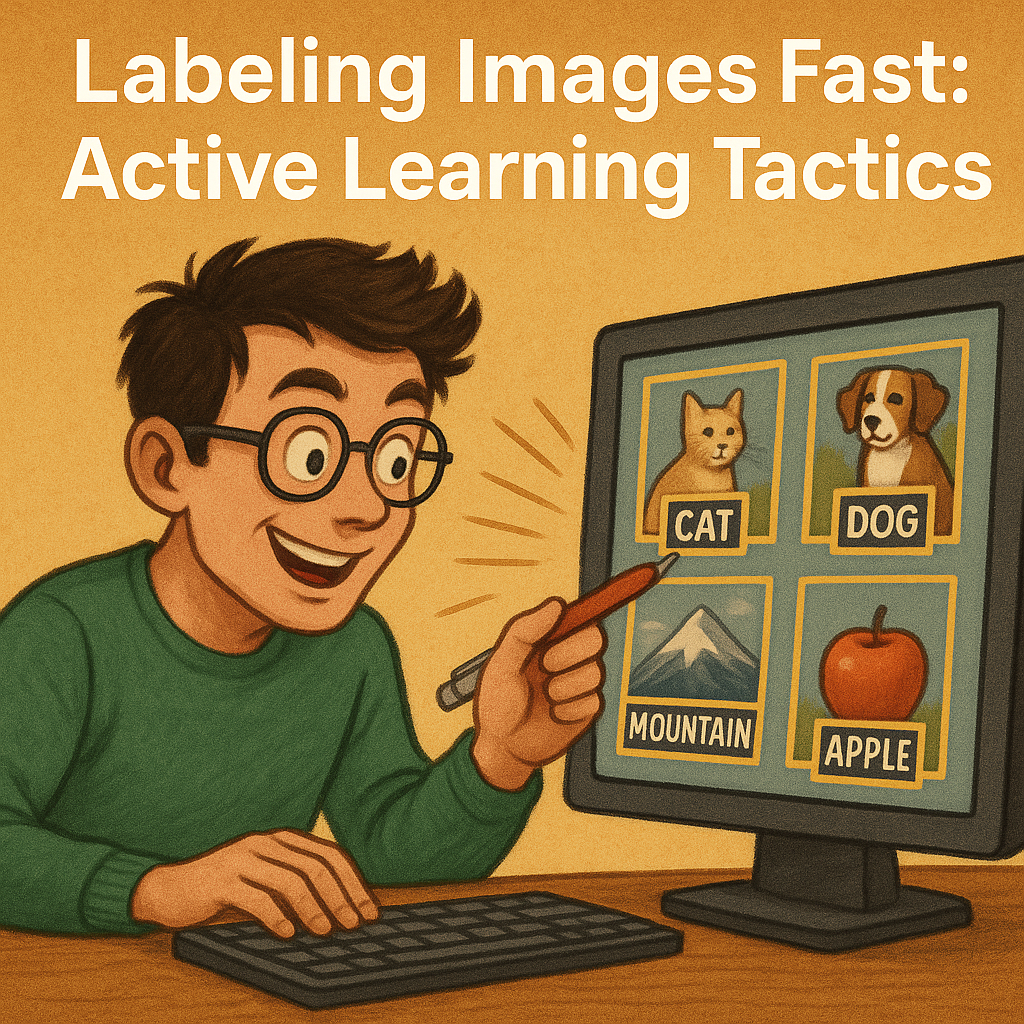
Labeling Images Fast: Active Learning Tactics
Labeling images for computer vision models used to be slow, costly and overwhelming — but it doesn’t have to be anymore. In this blog post, we dive into modern active learning tactics, human-in-the-loop (HITL) workflows and semi-supervised learning techniques that help you slash annotation costs by 30–70% without sacrificing data quality. Learn how to build a lean, scalable labeling pipeline using confidence sampling, smart review structures, cloud vision APIs for pre-labeling and serverless automation. Whether you’re creating object detection models, fine-tuning OCR pipelines, or launching custom AI solutions, mastering these strategies will help you deliver better results, faster and cheaper, while setting your AI projects up for long-term success.
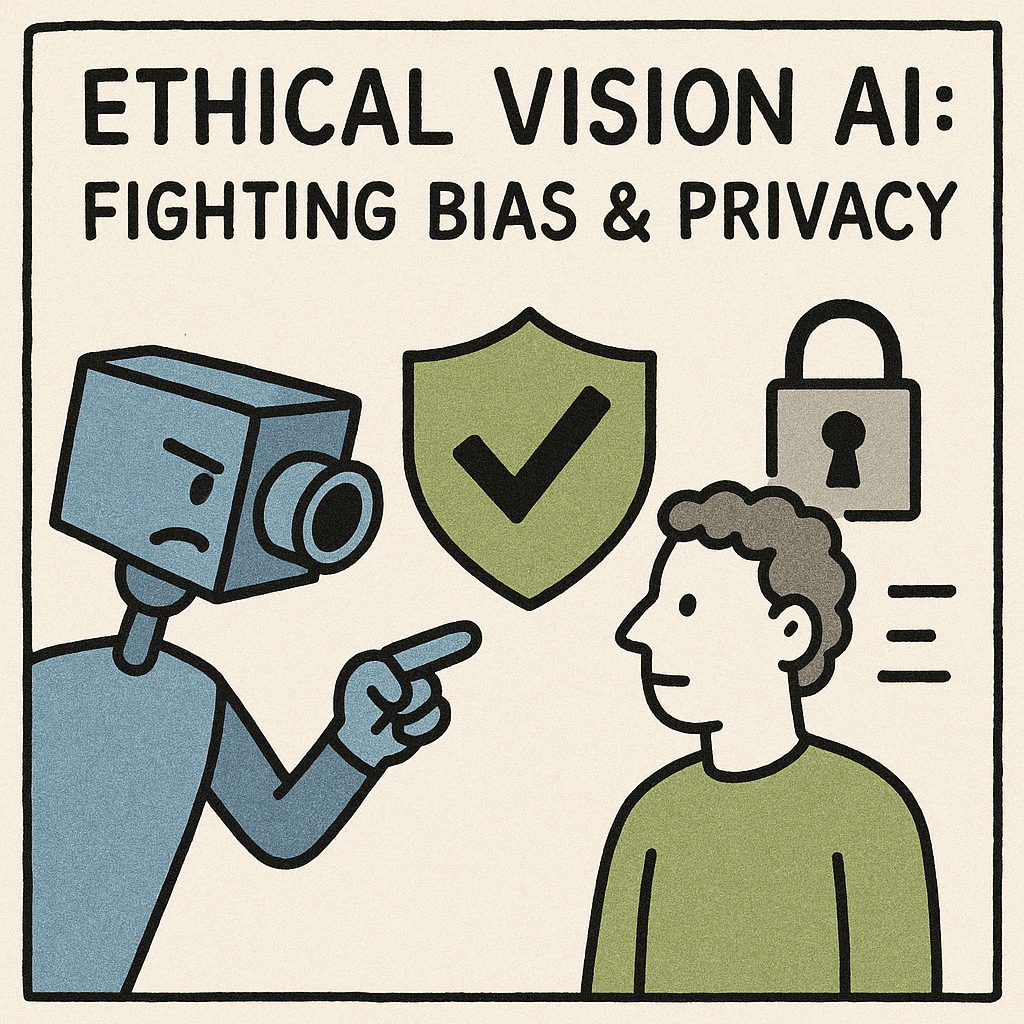
Ethical Vision AI: Fighting Bias & Privacy
Vision AI is transforming industries from retail to public safety — but without careful attention, it can also introduce bias and privacy risks. In this blog post, we explore how ethical challenges emerge in face recognition, surveillance and analytics and lay out practical strategies for building fair, transparent and privacy-first computer vision systems. From curating balanced datasets to designing explainable models and deploying anonymization tools like API4AI’s Image Anonymization API, discover how businesses can turn responsible AI practices into a powerful competitive advantage. Learn why ethics isn’t just about compliance — it’s the future of trusted innovation.
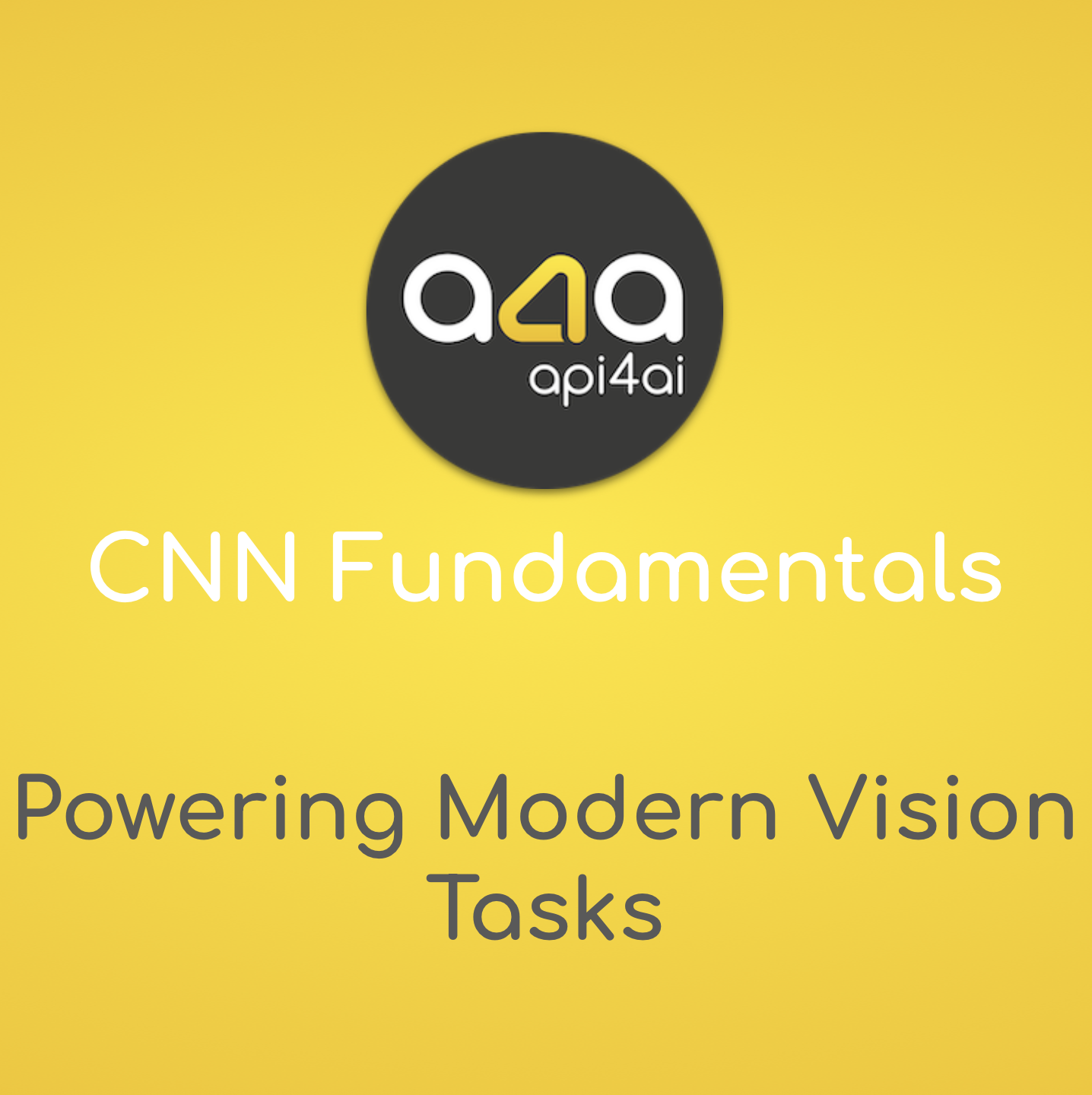
CNN Fundamentals: Powering Modern Vision Tasks
Convolutional Neural Networks (CNNs) are the driving force behind many of the visual technologies we rely on every day — from unlocking our phones with facial recognition to enabling autonomous vehicles to understand their surroundings. But how do these networks actually work? In this beginner-friendly deep dive, we break down the core building blocks of CNNs, including convolutional layers, kernels, pooling, and activation functions. You'll learn how modern architectures like ResNet have overcome critical challenges to power advanced vision systems used in industries like retail, automotive, security and marketing. We’ll also explore real-world applications — such as OCR, background removal, logo detection and content moderation — and walk you through your options for training models, using pre-trained networks or deploying ready-to-use APIs. Whether you're just starting with deep learning or exploring how to bring AI vision into your product, this guide provides the clarity and insights you need to move forward with confidence.

Top AI Trends in the Sports Industry for 2025
Artificial intelligence is no longer a futuristic concept in sports — it’s a powerful tool that’s reshaping how athletes train, how fans engage and how decisions are made on and off the field. In 2025, AI-driven solutions such as computer vision, machine learning and big data analytics are playing a central role in real-time player performance tracking, injury prevention and immersive content delivery. From football clubs scouting talent using video analysis to basketball leagues generating automated, personalized highlight reels, the applications are vast and growing. This blog post explores the most impactful AI trends revolutionizing the sports industry today and offers insights into how organizations — whether elite franchises or local clubs — can integrate off-the-shelf APIs or develop custom solutions to stay competitive in a data-driven era.

Reducing Moderation Costs with NSFW Detection Automation
As user-generated content continues to flood digital platforms, the challenge of moderating inappropriate material — especially NSFW (Not Safe For Work) content — has become more complex and costly. Relying solely on human moderators is no longer sustainable due to high operational expenses, slow response times and the emotional toll it takes on staff. In this blog post, we take a deep dive into how automated NSFW detection is revolutionizing content moderation. You’ll learn about the technologies powering AI-driven moderation, the key benefits of automation — including cost reduction, improved accuracy, and scalability — and real-world applications across industries like social media, e-commerce, video streaming and online education. Whether you're a startup or an established platform, discover why now is the time to rethink your moderation strategy and explore smart, scalable solutions that protect your users and your brand.

Top AI Trends Shaping the Cybersecurity Industry in 2025
As cyber threats grow more complex, artificial intelligence is rapidly becoming a cornerstone of modern cybersecurity. In this blog post, we explore the top AI trends shaping the industry in 2025 — from real-time threat detection and intelligent access control to cognitive threat analysis and edge-based IoT security. Learn how AI-powered tools, both ready-to-use and custom-built, are transforming digital defense strategies and helping organizations stay ahead of evolving risks.
